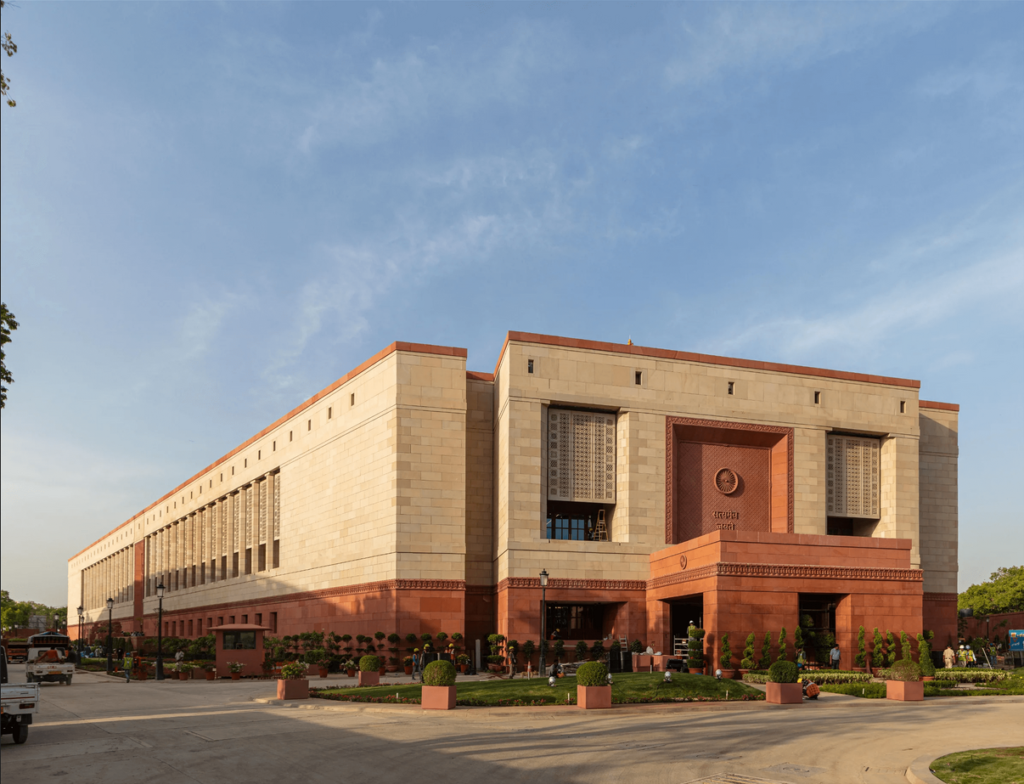In its 100th year, why Delhi University is a cautionary tale, not a success story
Delhi University, celebrating its centenary, deserves acknowledgment and reflection. My personal encounter with the institution has led me to discern a distinct “DU model,” outlining key features that contribute to its essence. This recollection also serves as a pointer to potential challenges that might jeopardize the university’s foundational principles, turning a tribute into a cautionary tale.
Commencing my academic journey at St. Stephen’s College in 2010, I was struck by the noteworthy tutorial system. Course syllabi were standardized by the university, while tutorials, consisting of small groups, fostered weekly discussions led by course tutors. This setting facilitated academic interactions, allowing teachers to tailor the curriculum and students to engage freely. Such dialogues played a pivotal role in shaping students’ critical thinking abilities and honing essential skills.

The university maintained a well-defined calendar, ensuring a consistent schedule for students across all three years. This predictability, though seemingly ordinary, is often challenging for universities with affiliated colleges. Despite unforeseen events like pandemics, natural disasters, or wars, DU had successfully adhered to this balance until the disruptions caused by Covid.
DU’s vibrant extra-curricular culture, cultivated over decades, provided students with shared spaces for exploring cultural and social interests. These spaces encouraged the exchange of ideas among students from different colleges, fostering mentorship and personal growth.
A notable aspect was the absence of financial corruption in admissions or appointments, a commendable departure from practices seen in other institutions. DU’s resistance to bribery for faculty appointments and transparent admission processes stood out as ethical and lawful practices.

However, DU was not without its challenges, including social elitism along gender, caste, and class lines, potentially contributing to nepotism. Despite the absence of a significant Dalit or lower-class student movement, female students played a crucial role in upholding the university’s ethical standards and engaging in political activism.
The DU Model, once admired in the higher education landscape, is undergoing changes. The disruption caused by Covid, coupled with the logistically cumbersome Central University Entrance Test (CUET), led to a significant rupture in the academic calendar. This upheaval affected the traditional dynamics of student interactions, with semester exams disrupting the continuity of collective growth.

The introduction of courses like “Swachh Bharat” and “Fit India” into the syllabus raised questions about the university’s academic direction. The frequent changes in the undergraduate scheme, including the introduction and withdrawal of the four-year undergraduate program, have left teachers grappling with a lack of coherence and continuity in courses and syllabi.
A paradigm shift is evident in the decision to increase tutorial strength to 30, potentially ending the intimate tutorial conversations and altering the university’s internal dynamics. This change may redefine DU’s identity from within, challenging its traditional structures.
In essence, while I have been a witness and participant in the positive aspects of the DU Model, the accumulating alterations, abandonments, and erasures suggest a nuanced transformation that demands careful consideration. The university’s ability to adapt to these changes while preserving its core values will determine its future standing in the higher education landscape.
